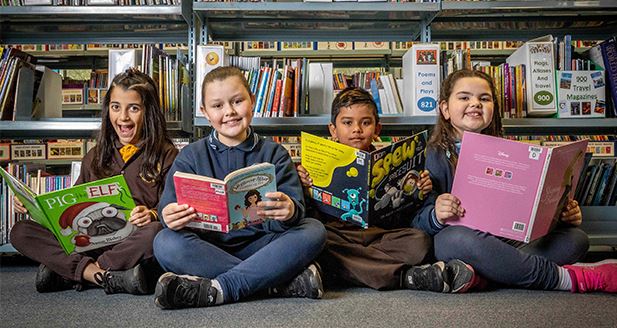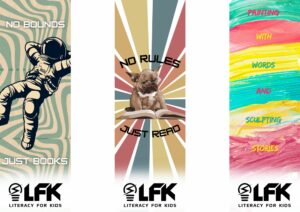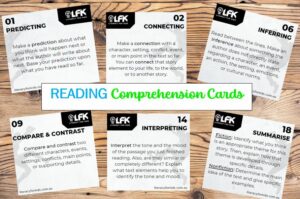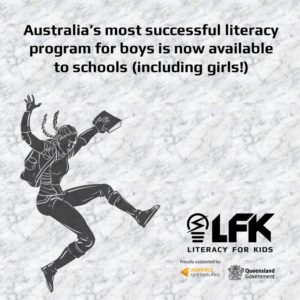3 Ways to Organise a Class Library to Foster Reading Enjoyment

I often publish resources around engaging our learners with reading and literacy. However, one aspect that significantly impacts our overall literacy instruction is the classroom environment. Our classroom libraries and their organisation play a crucial role. Using a mix of genre, topic, and author organisation can create a more engaging and effective classroom library.
Let’s look at each one, its benefits and limitations.
1. Organising by Genre
Grouping books by genre, such as biographies, fantasy, historical fiction, and graphic novels, helps students rely on past reading experiences to choose books they enjoy. It mirrors how libraries and bookstores are organized, making it familiar for students. This method can also introduce them to new genres. However, it can be challenging if students have a specific book in mind but don’t know its genre, or if a book fits into multiple genres.
2. Organising by Topic or Theme
Categorising books by topics like sports, friendship, science, or history makes it easy for students to find books of interest. It’s straightforward to determine a book’s topic, and subcategories can help manage large collections. However, this method might split up series or make it difficult to categorise books with multiple themes. Too many categories can also overwhelm students.
3. Organising by Author or Series
Grouping books by author or series allows students to easily find all books by a favourite author or within a favourite series. It also showcases an author’s range of work. The downside is that students might not know the author of a book they want, making it harder to locate.
Combining Methods
You can combine these methods for a more flexible organisation. Start with genres as the main organisation, and within each genre, create subcategories for series, popular authors, or specific topics. This hybrid approach can help students navigate and discover books more effectively.
The key takeaway is to avoid organising by reading levels and instead use genre, topic, theme, or author. This encourages a love of reading, fosters knowledge, and aligns with real-world book organisation.
FREE Bookmarks for new schools ~ these are posted straight to your school!

See our program in action ~ we know your students will love the topics and this engagement drives literacy results.
Our literacy programs have created the core skills reading content to support your teaching. Ideal for explicit teaching, LFK and LFB can be used for all students to cater to all reading abilities.
Contact us today.
Our Results
An effective reading program needs to be backed by strong results. Literacy for Kids was independently tested in one of the largest State Primary schools in Qld. Students in Years 3 to 6 improved their reading, spelling and comprehension ages by an average of 12 months after only 18 weeks on our program! Click here for the full report.
Contact us if you’d like to trial Literacy for Boys or Literacy for Kids in your school.
info@literacyforboys.com.au
info@literacyforkids.com.au
Want your students to finish strong in their literacy? Want more from your literacy program? Contact us for a 30-day free trial in your school or classroom. New schools receive these great ‘Turn and Talk’ comprehension cards for their classroom ~

Student Comprehension Cards
Check out our blogs for more ideas and tips.
5 Ways to Build Student Confidence
Identify Comprehension Gaps with these great cards
Steps to Successfully Support Disengaged Learners
See us featured in The Educator Australia magazine
Research confirms that early reading boosts literacy
Boys Love LFB – Here’s what they have to say!
Get boys reading in the digital age
Why write? Tips for reluctant writers
Brought to you by Tanya Grambower


